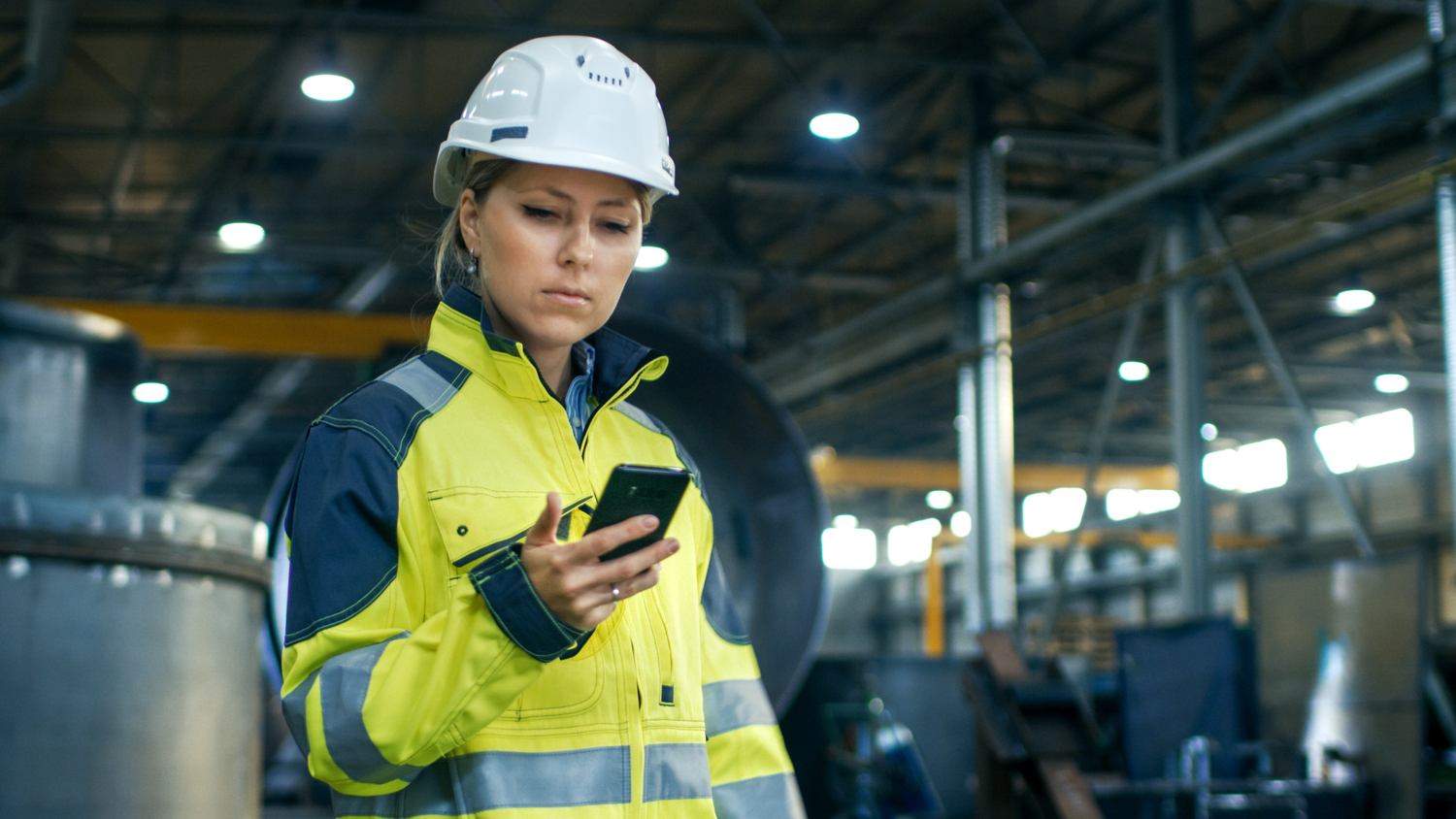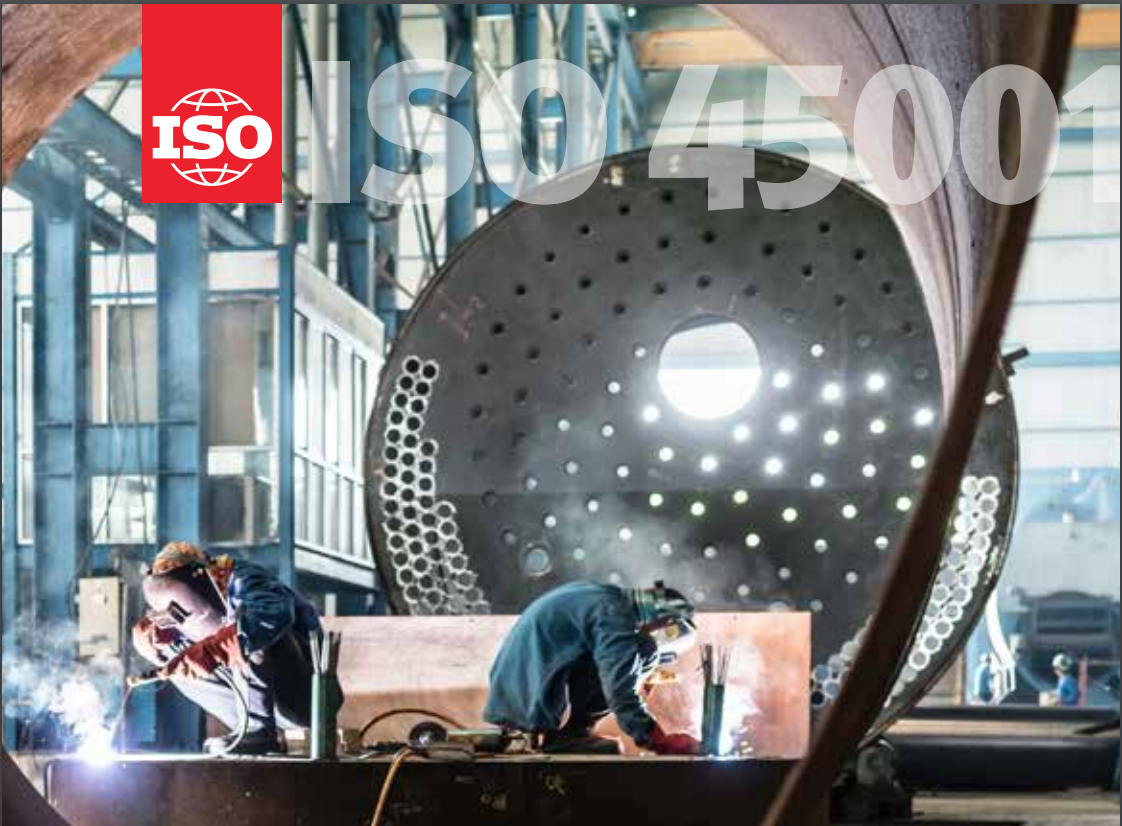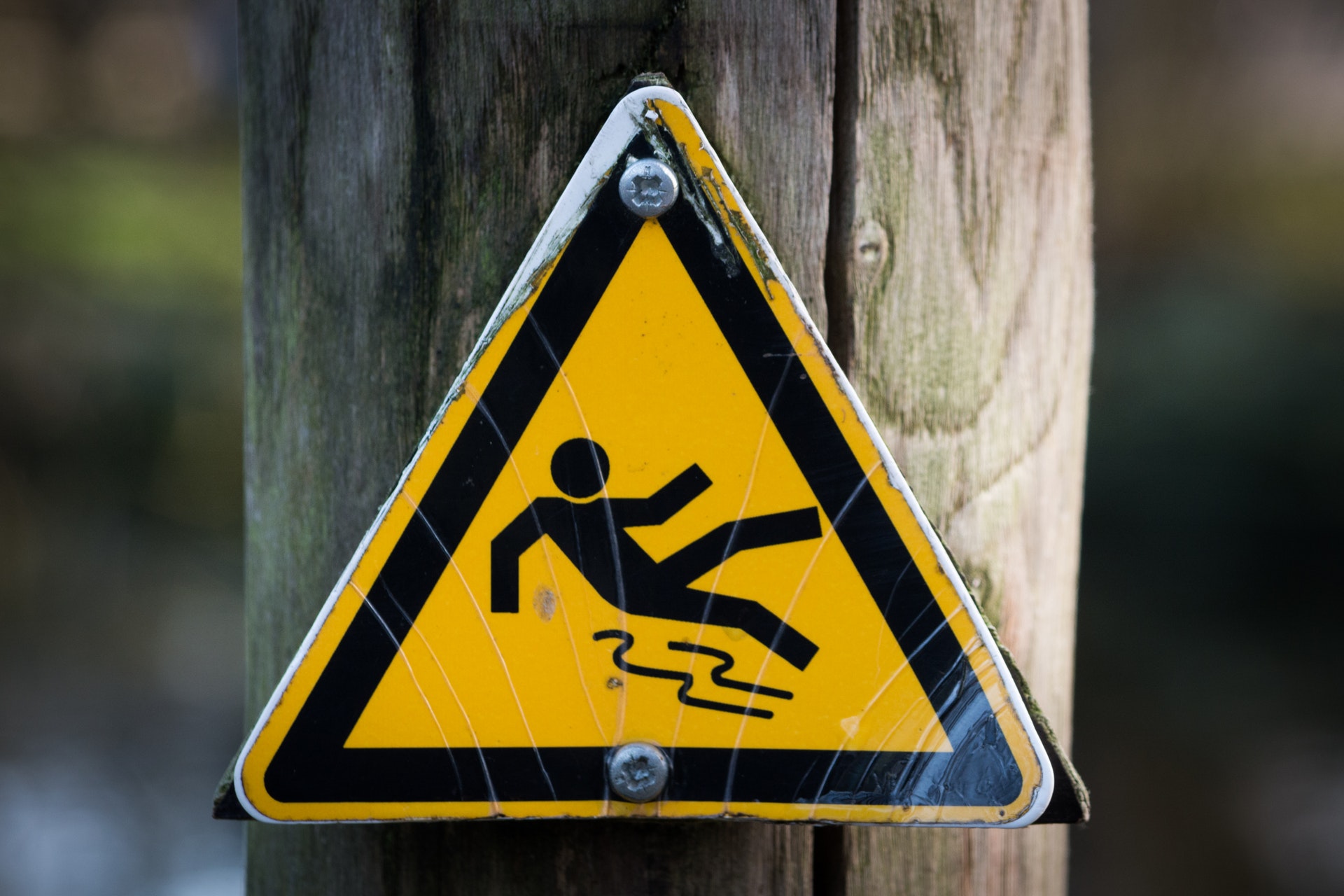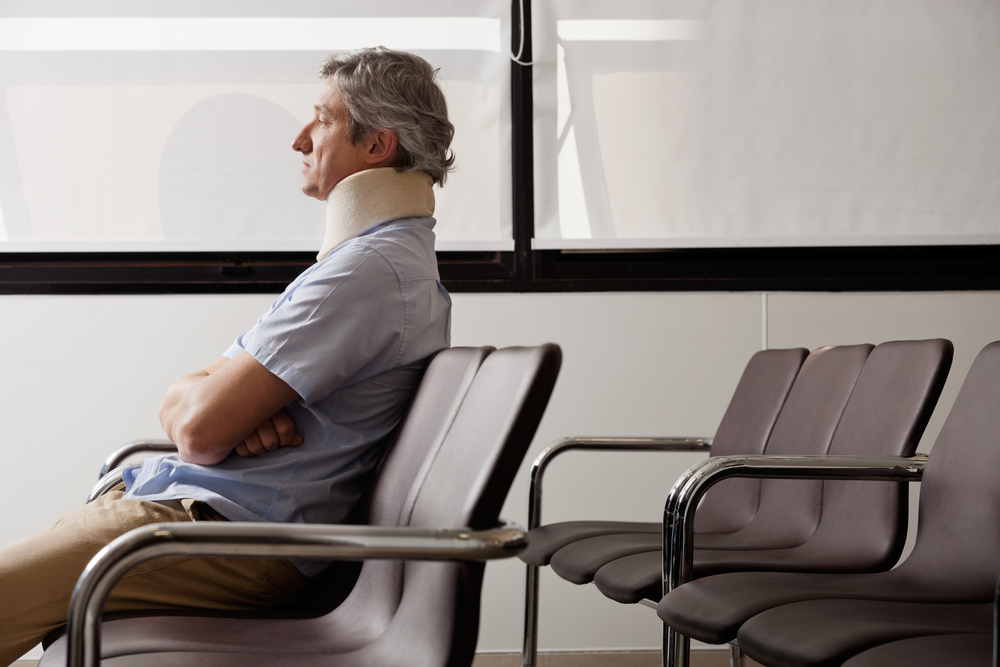
Top Must-Have Workplace Safety Apps
We’re all aware of the concerns surrounding smartphone use and the impact it has on our daily life, both personally and professionally. The demands on our attention, the dangers of distracted driving and the loss of productivity are just a few of the criticisms attributed to smartphones but is it possible that smartphones can improve health and safety at work? Despite their bad wrap, when used intentionally, smartphones can have real value in the workplace and on the job. Smartphone technology is an unstoppable, never-ending force that is constantly changing the way we view our world and how we operate in it; it touches every aspect of our lives including how we communicate, interact, navigate and how we gather, store and share information. So, let’s focus on the positive for a moment. What are the advantages of having a cell phone at work? Besides the obvious calls to 911, smartphones […]

Spring Cleaning: Improving Safety in the Workplace
The clocks have sprung forward and Spring is just around the corner! Longer days with increased sunlight bring a sense of awakening and rejuvenation, a fresh look, and a fresh start. It’s time to start planning some spring cleaning and not only at home but at work as well. And it’s not just about clearing the dust, dirt and grime of winter away, this is an excellent opportunity to address health and safety in the workplace. A proactive, preventative approach can remove hazards, reduce risks, improve wellness and increase productivity. Prevention is key to reducing on-the-job incidents and accidents; with a good spring cleaning it can be as simple as 1,2,3: 1. Clean and Declutter: Deep cleaning all carpets, floors, walls, surfaces and equipment can stop the spread of bacteria, germs and allergens. A clean work environment is a healthy work environment. Taking the time to declutter workstations and worksites […]

ISO 45001: A Game Changer in Occupational Health & Safety
The numbers are staggering, according to the International Labour Organization’s 2017 calculations. Around the world, every minute of every day 5 people lose their lives while working and more than 700 people are injured or become ill just from ‘doing their job’. That is almost 3 million workplace fatalities and an additional 374 million workplace accidents per year. The burden of occupational injuries and illnesses is undeniable, not just on employers but on the global economy. It is these sobering statistics that prompted the International Organization for Standardization (ISO) to create and publish a new set of standards for occupational health and safety: ISO 45001. The new standard was developed by a committee of occupational health and safety experts from more than 70 countries and provides an easy to use framework that improves employee safety, reduces workplace risks and creates better, safer working conditions all over the world. ISO 45001 […]

Slips, Trips and Falls Happen
Slips, trips and falls happen— at home and at work. They account for 15-20% of all work-related accidents and are the leading cause of ‘time-loss’ injuries in Canada. Slips, trips and falls happen. They happen on construction sites, in offices, at schools, on oil rigs, in kitchens, at hospitals and on farms. They happen at heights and on the ground, in parking lots and on stairs, when you’re looking and especially when you’re not. Slips, trips and falls happen. And they are costly, not just in the direct costs of treating the resultant injury but also in the indirect costs like lost time, lost productivity, lost earnings and increased WCB premiums. What are slips and trips? Slips happen when there is too little friction or traction between the foot (or footwear) and the contact surface. Common causes of slips are : Wet or oily work areas Accidental spills […]

What is Partnership in Injury Reduction (PIR) and How to Get Involved.
It’s Not Too Late! Register in WCB Alberta’s Partnerships in Injury Reduction (PIR) by December 31, 2017 and still be eligible for PIR rebated for 2017 and 2018 The annual Experience Rating statements will soon be released, so now is a good time for employers to look at ways to maintain or improve their WCB premium rate. In Alberta, your claims experience from the past three years is used to establish your premium rate for the coming year – in other words, your WCB claims from 2014, 2015 and 2016 will be used to determine your premium rate for 2018.


